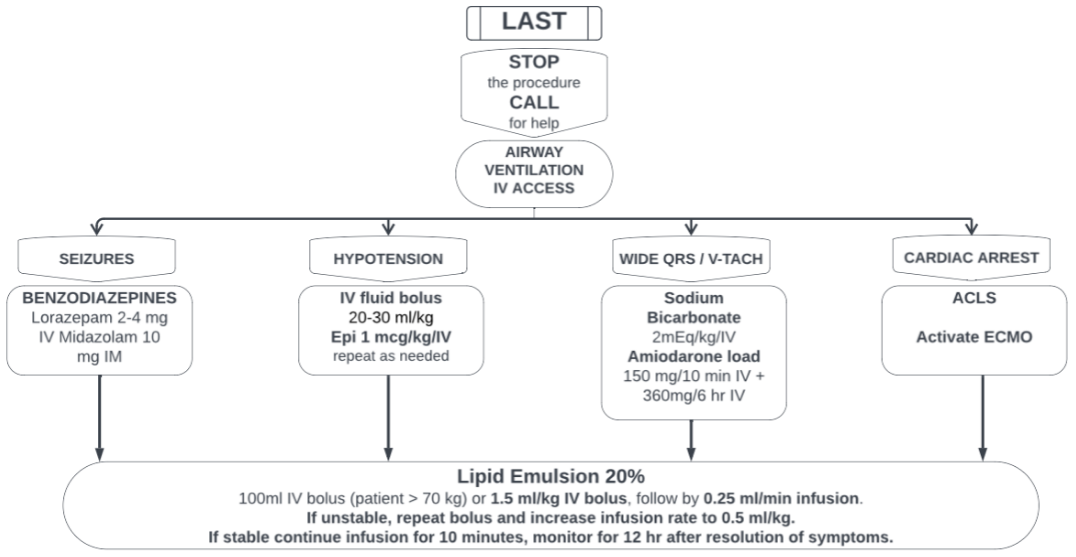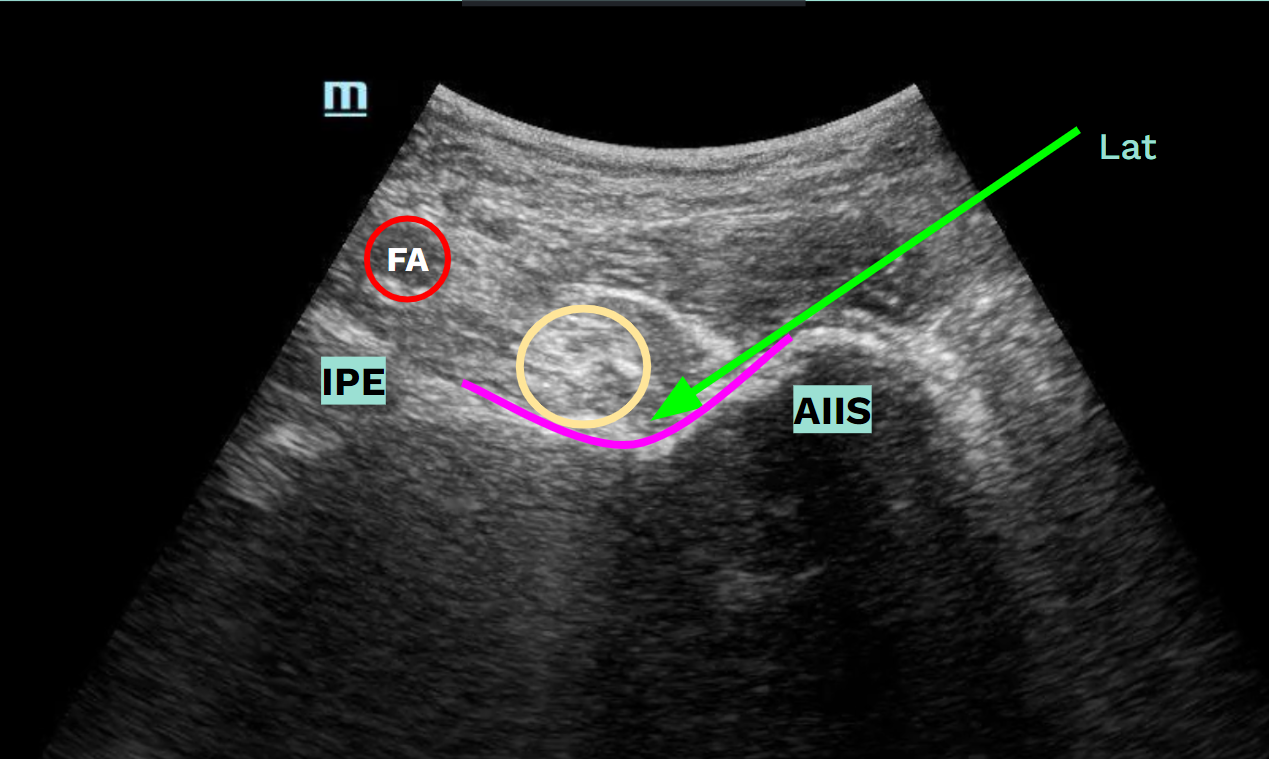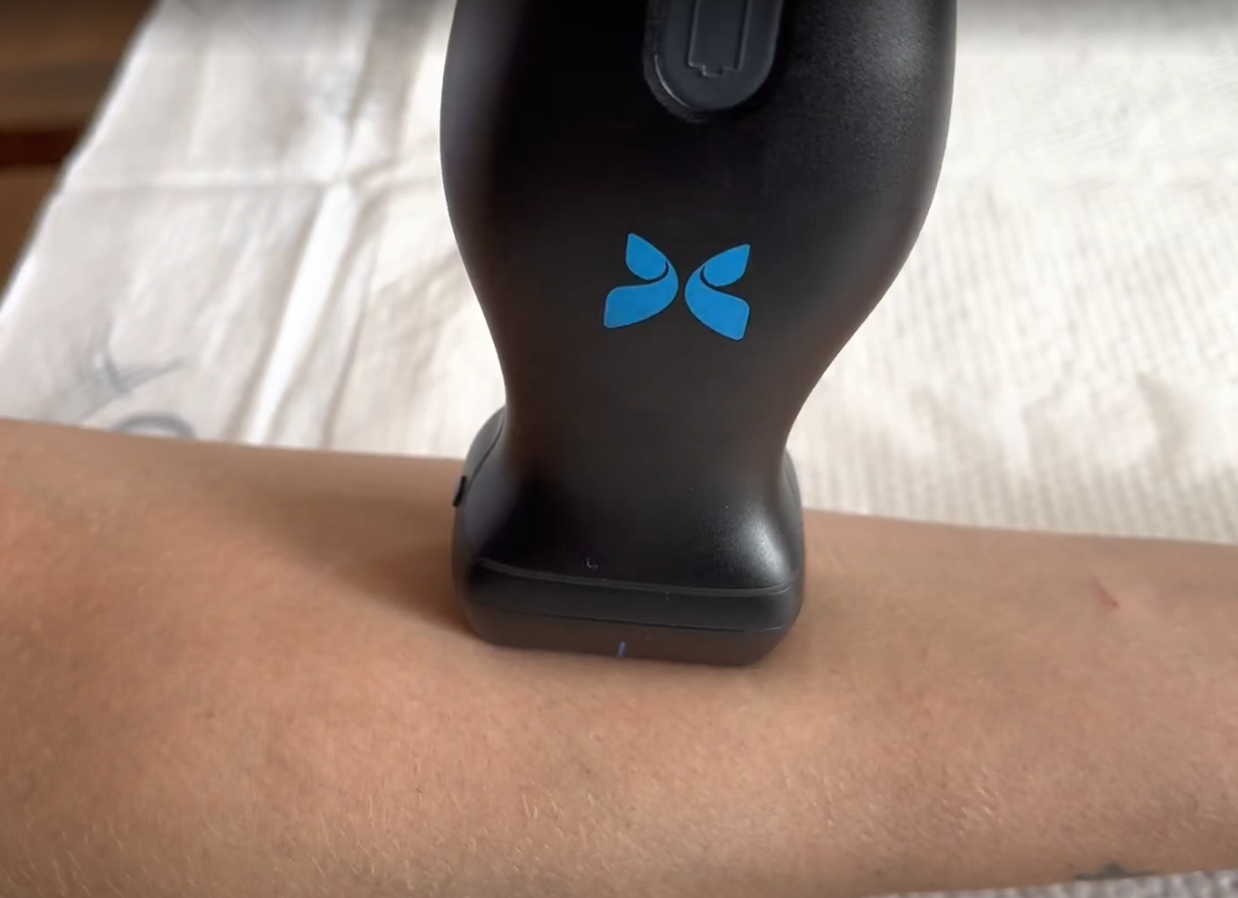Headaches are the most common complication of doing a lumbar puncture (LP). Let’s dive into what causes them, how to prevent them, and what to do when patients come back suffering from a post-LP headache. Some major theories on why post-LP headaches develop: Cause of the post-LP headaches is still highly debated! Theories: Timeline: Demographics: […]
Let’s talk about large bore/central vascular access! We’ll review different kinds, their different names, and when to use them!Of note outside the scope of this review: how to insert each of these – I think this is better learned by watching videos, watching others, & doing with guidance.This is also by no means a comprehensive […]

Causes, prevention, presentation and treatment of LAST: Local Anesthetic Systemic toxicity

The PENG block is an effective, easy and safe way to provide analgesia to acute traumatic hip injuries

Ultrasound probe movements, the quest of the good vein, out-of-plane technique and in-plane technique of the ultrasound-guided intravenous line
Central Line Week TR Pearl Series (all three pearls combined for this post) by Ryan LeBuhn, PGY-3 Informed Consent I once described the risks of a procedure so thoroughly that the patient no longer wanted the procedure, though avoiding the procedure put her in greater danger than doing it would have. The next time I […]
CSF shunts – these are the most common pediatric neurosurgery procedure done in the United States. While very common, these also have the highest rate of neurosurgical complications. About 50% fail within the first year, and the median survival of a shunt is usually 8-10 years, so a patient can expect 2-3 shunt revisions over the course of 20 years.
In addition to his love of ketamine and proper PSA technique, Reuben Strayer has written and talked extensively about ED intubations. Here is his checklist so that you can minimize complications and maximize your success: For more information check out his website with great resources/learning at emupdates.
More to come soon!
